We, along with many others, have been consistently advocating for many years for employee health (including mental health) and wellbeing to be firmly established on the business agenda. So, it’s frustrating to see that according to new research by Benenden Health, a whopping 87% of British employees are now affected by stress, anxiety, burnout, and depression. Furthermore, only 45% of British workers believe their employer treats mental health as a priority.
The recent study by Benenden Health delving into workplace mental health, also found that although 79% of employers say mental wellbeing is a high priority to their company, only 38% are confident that they could identify employees who are struggling.
There is clearly a gap between how employers and employees view the prioritisation of mental health. And despite increasing efforts to destigmatise anxiety and poor mental health, there is still significant work to be done to effectively address this in the workplace.
Mind the gap
To help employers feel more equipped and confident to support their employees, the experts at Benenden Health, have shared five ways to help minimise workplace anxiety.
1. Educate yourself and your workforce
Everyone in an organisation should know the signs of declining mental health but especially leaders and managers, who should be empowered to offer support when necessary. However, the new research found that 82% of companies are offering training to managers, but only 49% are offering it to all managers.
Some key signs to look out for include:
- Low mood or rapid changes in mood
- Being very critical about themselves or their work
- Coming into work late or not showing usual levels of commitment. Or trying to mask that by coming in early, leaving late and trying to take on too many things at once
- A loss of confidence
It can be beneficial to hold sessions to discuss what workplace anxiety is and the different scenarios that can trigger or worsen it. Additionally, providing employees with resources for both internal and external support is crucial. Knowing where to turn for help and feeling supported can significantly alleviate anxiety symptoms.
2. Create a safe and open environment
When someone experiences work-related anxiety, it’s crucial they feel comfortable speaking up. But since many may not want to discuss it openly, ensure your employees know your door is always open for private conversations, whether they need advice, assistance, or simply a listening ear.
To facilitate this, consider scheduling regular check-ins, establishing anonymous feedback channels, and, importantly, leading by example.
Additionally, you should add mental health conversations to regular reviews, planning meetings and appraisals. Questions as simple as “does that workload feel manageable?” or “how are you feeling today?” can encourage employees to open up.
3. Remind staff of employee benefits
The research found that many businesses do offer an Employee Assistance Programme (EAP) to help employees manage workplace anxiety, but employees don’t know it’s there.
If your business has an EAP in place, it can be helpful to remind everyone of the related benefits they have access to. Usually, employees can use these benefits to help cover the likes of private therapy or life coaching sessions, both of which are great for alleviating workplace anxiety.
If you don’t have an EAP in place, then consider taking the following steps as a company to do so:
- Assess your workforce’s needs by asking about their challenges
- Use this feedback to determine the most relevant EAP services
- Review company resources to decide if an internal EAP is feasible or if a third party is needed
- Find vendors that meet your needs and budget to provide the best support for your team
4. Facilitate mental health training and peer support
As an employer, you can look into Mental Health First Aid (MHFA) training (or other similar training offered by a range of providers) and offer it to your wider team. This sort of training helps you and others learn how to support colleagues dealing with workplace anxiety. Since some employees may feel more comfortable speaking to a peer rather than a manager, it’s beneficial to have trained staff at all levels.
5. Address problems at the root cause
Finding the root cause of underlying issues or struggles at work is vital. One common source of workplace anxiety is performance anxiety, which can arise from various factors such as high expectations, unachievable deadlines, or lack of feedback.
Different people perform at different levels so it’s important to assess this individually. Use monthly 1-1s to check if workloads are manageable and discuss adjustments if needed.
As an employer, it’s also important to be aware of your own availability. Make sure to take time to plan out work schedules and try to distribute tasks fairly and evenly to avoid overwhelming certain members of your team.
You might also like:












